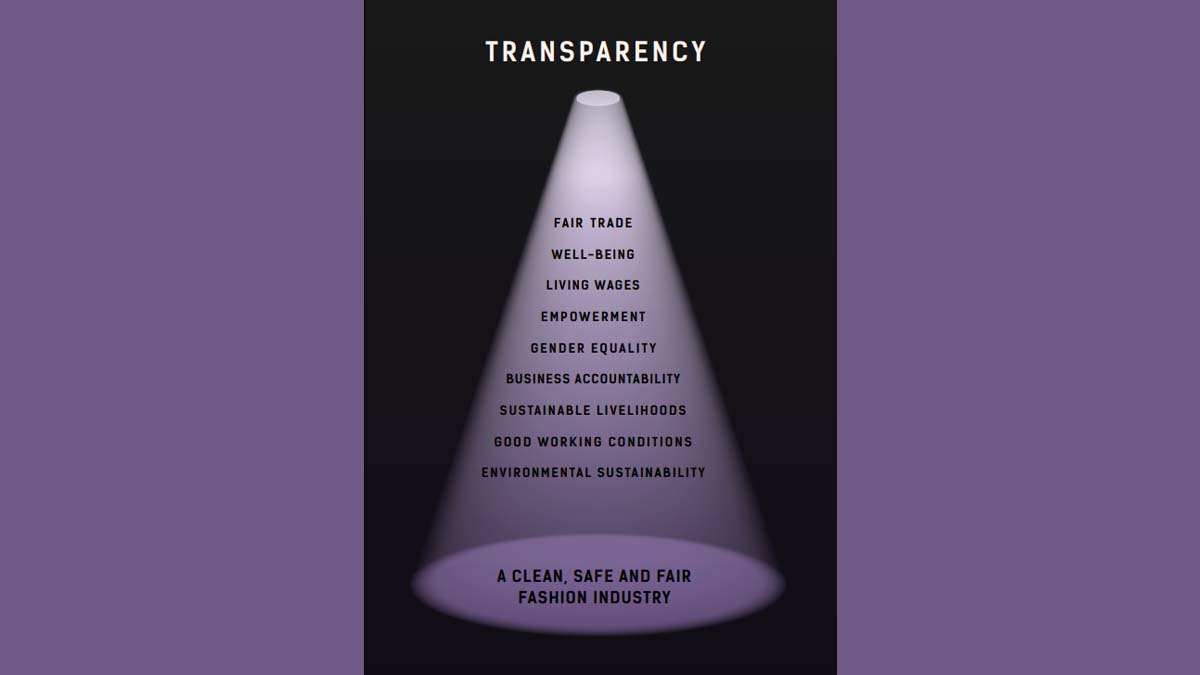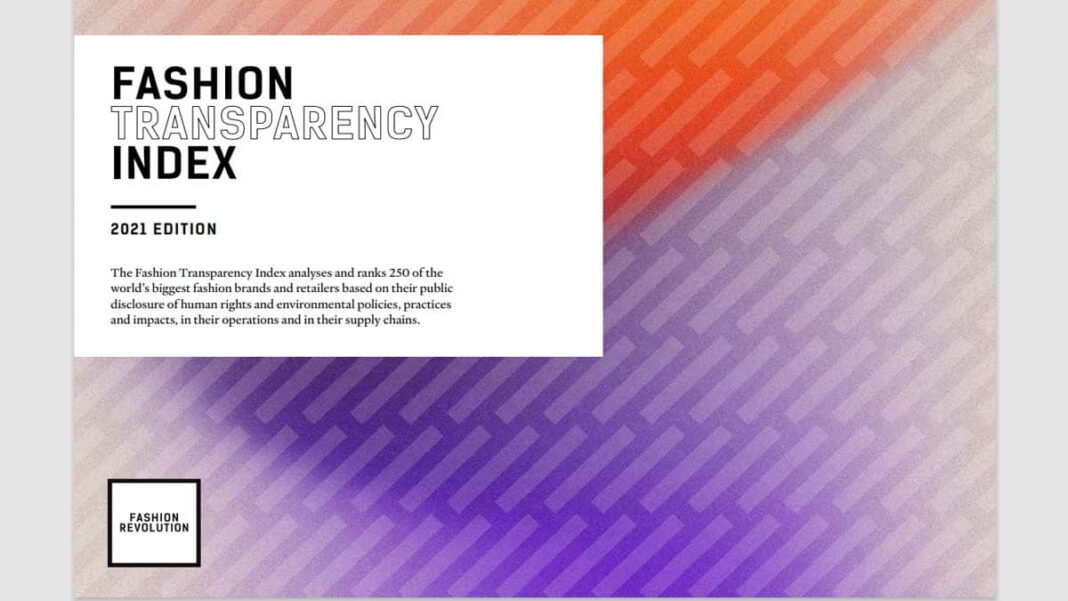Sustainability generally stands out with its environmental aspect for all sectors including fashion, but it also has economic and social dimensions. In this sense, transparency is of great importance for consumers to know what they are wearing and by whom, under what conditions their clothes are made and with what environmental impact. Fashion Revolution, a non-profit organization, shared developments in transparency in the fashion supply chain in the 2021 update to their ‘Out of Sight: A Call for Transparency From Field To Fabric’. In the report, it was stated that supply chain transparency has increased among 63 major fashion brands and retailers, but progress has remained rather slow and shallow.
“Only 2 out of 63 brands are disclosing the full list of their textile production sites”
Only 2 out of 63 brands are disclosing the full list of their textile production sites, an increase of 1 compared to last year, while 49 of them are disclosing the first-tier manufacturers where their garments are cut and sewn, an increase of 2 compared to last year, according to the report. 29 brands are disclosing processing facilities such as dyehouses, while only 28 brands are disclosing production sites such as fabric mills and 44% of brands are disclosing at least some of their textile production sites. This means an increase of 13 percentage points since last year.
Lack of transparency of fashion brands hinders accountability
The report points out that the lack of visibility of supply chains allows unsafe working conditions and environmental destruction to thrive, as well as obscuring who has the responsibility and power to redress these issues. For many years, there have been reports of labour abuses that continue to emerge in the textile mills, informal workshops, tanneries, dyehouses, and farms around the world that supply materials to the global fashion industry. Recent investigations into the forced labour of Uyghur people to produce cotton and textile products in Xinjiang, China, are among the recent prominent examples in this sense. A lack of transparency from global fashion brands surrounding where their cotton is produced prevents a chain of accountability for the human rights crisis.

“There is a real need for transparency beyond the first tier of manufacturing”
Fashion Revolution Policy and Research Coordinator Ciara Barry said; “There is a real need for transparency beyond the first tier of manufacturing, where millions of hidden workers face labour abuses to make the fabrics in our clothes”. Barry emphasized that brands must urgently take responsibility for environmental and human rights impacts across their entire supply chains and stated that this starts with disclosing all textile production facilities in their supply chains”.
Who made my clothes?
Fashion Revolution is founded after the collapse of the Rana Plaza building on April 24, 2013, killing 1134 garment workers and has since been calling for greater transparency and accountability in the global fashion industry. The organization advocates that everyone should be able to learn how, where, by whom and under what conditions their clothes are made, wherever they are, and raises awareness in this area with the #WhoMadeMyFabric campaign.
The report calls on major brands and retailers to expand supply chain transparency by disclosing all textile manufacturing facilities in their supply chains, while also calling on citizens everywhere to demand greater transparency beyond the first tier by asking brands #WhoMadeMyFabric? on social media. They are also inviting producers to share their stories using #IMadeYourFabric so that people can connect more closely with the people who produce the fabrics and raw materials in the clothes they wear.

Carbon emissions in the supply chain must be tracked down to the raw material
The report also discusses the transparency issue with the aspect of environmental impact and it is stated that more than 70% of emissions in fashion’s supply chains occur during the production and processing of raw materials. However, only 17% of brands publish their carbon footprint at the raw material level and 26% at the production/process level, while 62% publish emissions for their own operations and facilities. While 44% of brands disclose renewable energy use data in their direction operations and only 7% disclose renewable energy use data in the supply chain, only 18% disclose absolute energy reduction data in the supply chain. The report points out that this may be due to the difficulty of capturing carbon and energy data down the supply chain, where brands need to rely more on estimates, as environmental data may not yet be monitored and measured within their suppliers’ facilities. It emphasizes that major brands cannot accurately measure their climate impacts if they do not track carbon emissions in the supply chain down to the raw material level.
